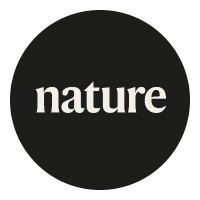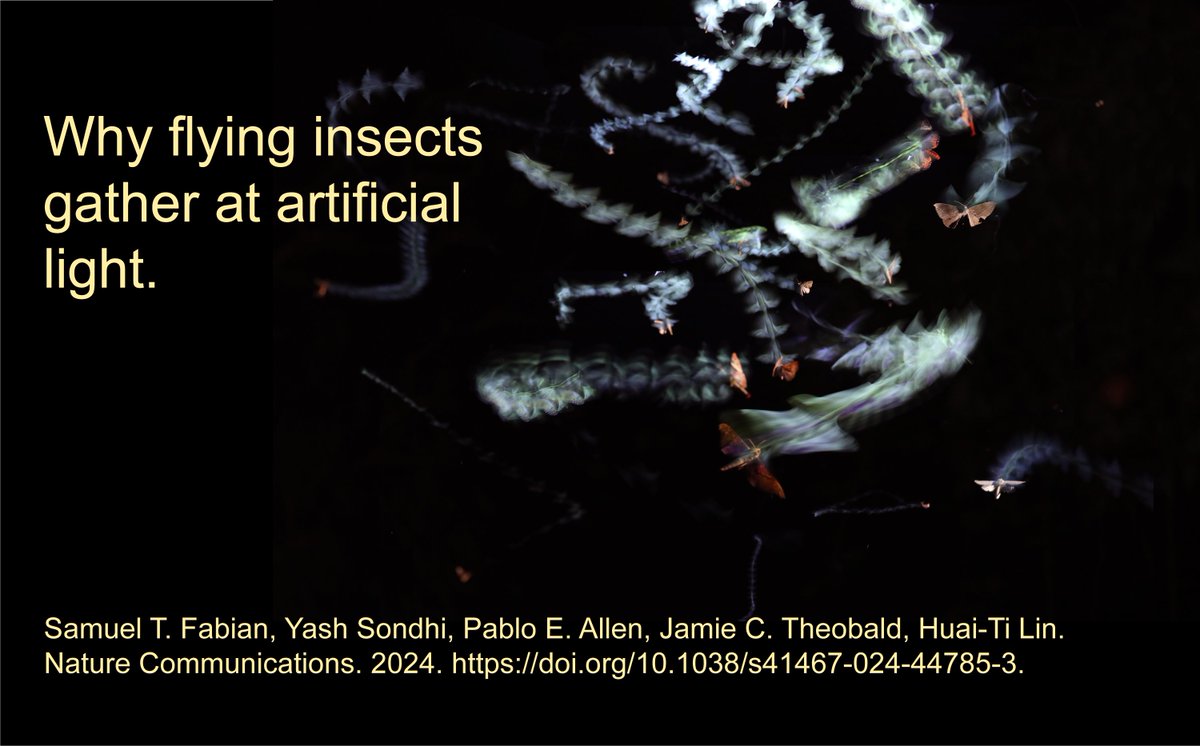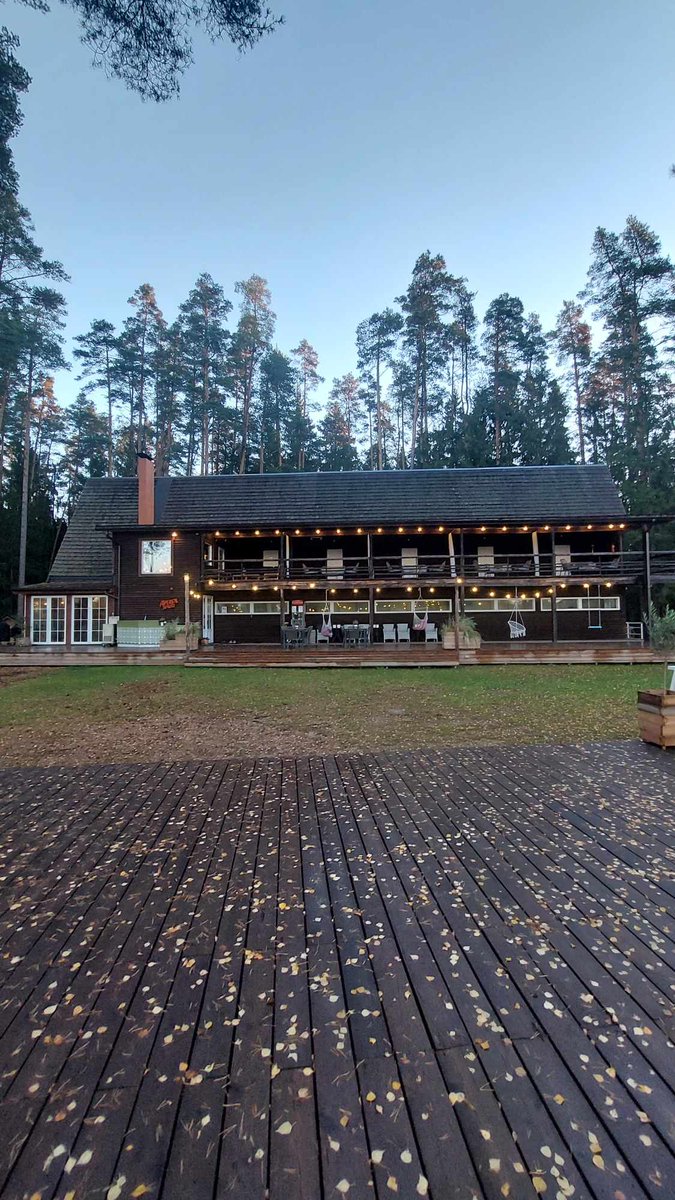
Diego Trindade
@dpftrindade
Ecologist interested in #macroecology #globalchange #traits #rstats - CIDE-CSIC and @MacroecologyUT
ID: 1639379953824219136
https://diegopftrindade.netlify.app/ 24-03-2023 21:34:04
66 Tweet
130 Followers
307 Following

We made it! 🥳🥳 Predatory journals can now call me "Dr. Trinity" without much shame. Special thanks to Macroecology UT and Carlos Perez Carmona for all these years of collaboration and intellectual support, and to Petr Keil for such a nice discussion and so many amazing questions!

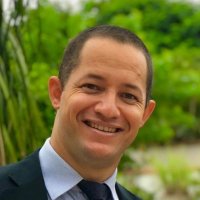
Have you ever been curious about the origin and maintenance of the extraordinary #biodiversity in uplands? If so, check out this thread about Old, climatically buffered, infertile landscapes (OCBILs) and our latest findings in the Brazilian OCBILs published in Journal of Ecology.

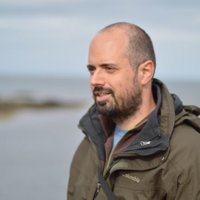
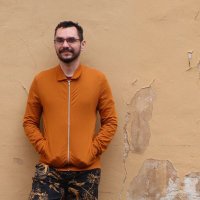
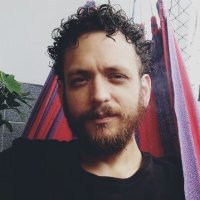
Just to remember you that we have two #postdoc positions open in our group at Universität Bern as part of the Biodiversity Exploratories Research and the Kilimanjaro SES projects. Please share and apply by 15th October! Here are the updated links: ohws.prospective.ch/public/v1/jobs… ohws.prospective.ch/public/v1/jobs…
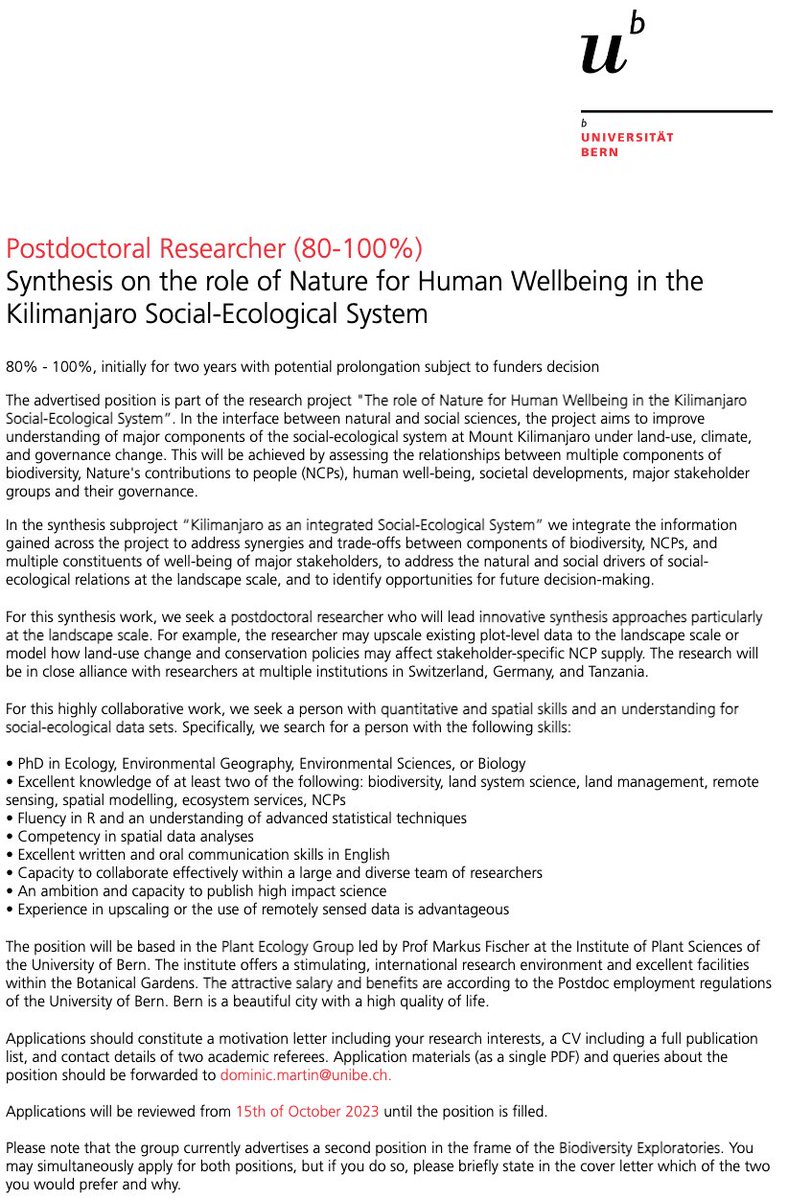



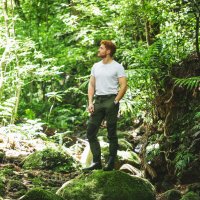
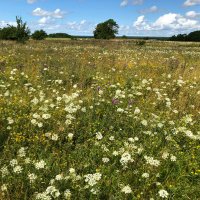
We are looking for a new member in our group! If you are fascinated by plant-soil interactions and land use change, please apply and join #PlantSoilAdapt project European Research Council (ERC) We have a lively and friendly community of ecologists waiting to welcome you! euraxess.ec.europa.eu/jobs/193063
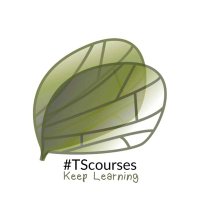
New online live course: "Functional trait diversity: calculating and interpreting a key component of biodiversity" ✏️ Taught by Francesco de Bello and Carlos Perez Carmona 🗓️ May 14th-23rd, 2024 🔗 transmittingscience.com/courses/ecolog… #Tscourses #keeplearning #RforEcology #Rproject #Rstats

